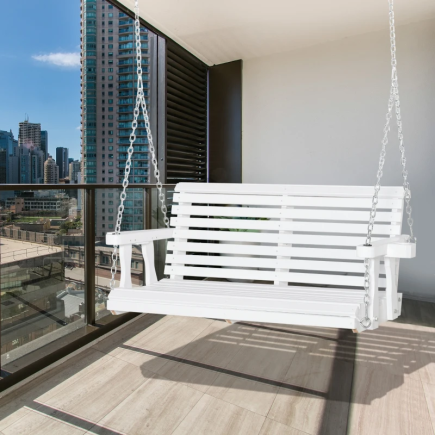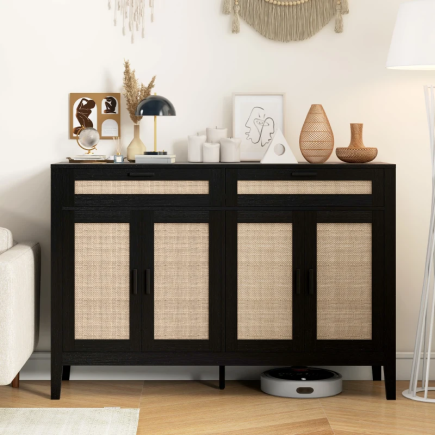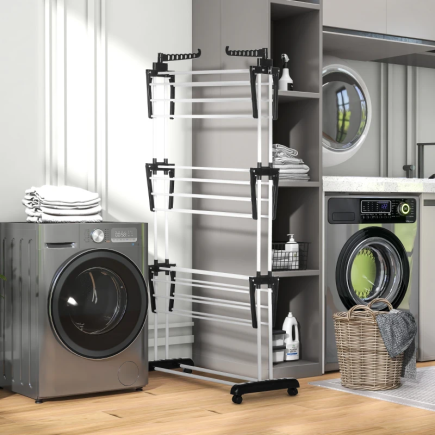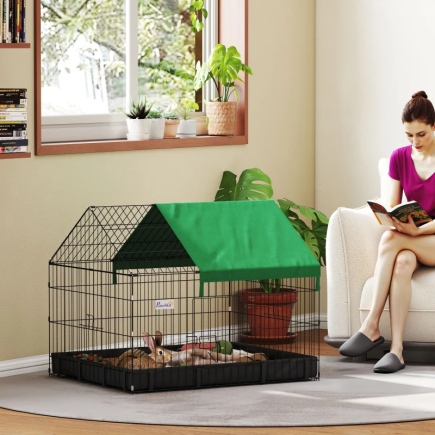Electric fireplaces offer a modern, convenient, and efficient way to heat a space while mimicking the look of real flames. But like any appliance, they can develop performance or functionality issues over time. Some problems arise from user error or lack of maintenance, while others involve mechanical or electrical faults. Understanding these issues and how to deal with them can help you maintain your fireplace safely and efficiently.

This article walks you through the most common electric fireplace problems, from heating failures and beeping sounds to blinking lights, wiring faults, and flame display issues. Each section explains the likely causes and the most effective solutions, so you can keep your fireplace operating properly.
Common Flame Effect Issues and Their Fixes
The flame effect is a signature feature of electric fireplaces, creating a warm and relaxing atmosphere. When this function malfunctions, the overall experience suffers.

Dim or No Flame
If your flame appears faint, inconsistent, or disappears altogether, the issue is often related to the lighting components or their power supply. In units with LED lighting, the flame effect may fade due to aging diodes, damaged wiring, or obstructed reflectors.
Other possible causes include:
- Dirty reflective surfaces or panels: Dust and grime reduce brightness and block light dispersion.
- Loose or broken connections: Disrupt power to the LED strip or rotator motor.
- Burnt-out bulbs (in older models): These will need to be replaced.
If cleaning the inside of the unit and checking the power doesn’t help, the internal flame motor or LED strip may need repair or replacement.
Erratic or Discoloured Flame Movement
Inconsistent flame patterns or strange colours (such as green, blue, or flickering purple) usually result from:
- A misaligned or damaged flame motor
- A worn-out colour wheel or lens
- Software or setting errors (in digital models)
These are typically mechanical problems that require inspecting the internal flame assembly or motor drive shaft. If movement is jerky or completely frozen, the motor may be seized or off track.
No Heat or Weak Heating Output
When your fireplace runs but produces no warmth, it can be both inconvenient and misleading, especially if the flame effect continues to operate normally.
Common Causes
- Heating element failure: Over time, the coil or element responsible for generating heat may burn out or lose conductivity.
- Thermostat misreading: If set below room temperature, the heater won’t engage.
- Blocked blower fan: Dust buildup can slow or stop the fan, preventing heat circulation.
- Timer or power-saving mode: Some units shut off heating automatically to prevent overheating or energy overuse.
Start by adjusting your thermostat above current room temperature and inspecting vents for dust or obstructions. If heat still fails to activate, the blower motor or heater coil may need to be replaced.
Why Is My Electric Fireplace Beeping
Beeping is a built-in warning feature used by many electric fireplaces to indicate a problem or maintenance need. These sounds are designed to alert you to system faults, and ignoring them can worsen the issue.

Possible Reasons for Beeping
- Low Batteries in the Remote or Receiver: One of the most common causes. The beeping usually stops once fresh batteries are installed in both the remote and the internal receiver module.
- Sensor Malfunction: Dust or debris on internal sensors can trigger false alerts to the control board.
- Overheating Alarm: If the fan is obstructed or the unit is too close to walls or furniture, the fireplace may trigger its thermal cutoff system and beep repeatedly.
- Wiring or Control Board Errors: Electrical issues within the receiver or control panel can generate alert tones, often alongside blinking lights.
What to Do
Replace the batteries first. Ensure the remote has a clear path to the receiver, and re-sync if needed. If the beeping continues, unplug the unit and check for dust on sensor areas or airflow obstructions. Many persistent alerts are resolved through basic resets and cleaning.
Strange Noises: Buzzing, Clicking, or Grinding
Unusual sounds coming from your fireplace can signal a variety of mechanical issues.
Types of Noises and Their Causes
- Buzzing: Often caused by electrical vibration from loose components or poor connections.
- Clicking: Can be part of normal thermostat operation, but rapid or repeated clicking may suggest relay issues.
- Grinding: Indicates a mechanical fault, typically a worn flame rotator, misaligned motor shaft, or failing fan blade.
Turn off the unit immediately if you hear grinding. Continued use could damage the motor or deform internal components.
Blinking Lights or Error Codes on Control Panel
Many electric fireplaces have LED indicators that blink in specific patterns to communicate error codes.

Interpreting Flashing Lights
- Fast blinking: Usually tied to overheating shutdown or airflow restriction.
- Patterned blinking (e.g. 2 blinks pause 3 blinks): May represent a diagnostic error from the control board.
- Paired with beeping: Often indicates power or sensor faults.
If your manual provides a key for error codes, consult it to match the blinking pattern to the issue. In most cases, unplugging the unit for several minutes will perform a soft reset.
Smoke or Burning Smell: Immediate Action Required
If you notice any smoke, electrical smell, or burning odour, stop using the fireplace immediately.

Likely Causes
- Dust or debris on heating elements: Often smells slightly when first used in the season but shouldn’t persist.
- Overheating: Poor ventilation can cause plastic components to melt or wiring to overheat.
- Electrical short: Frayed wires or corroded terminals may produce sparking or burning insulation.
Unplug the unit, ventilate the room, and do not operate the fireplace again until it’s been professionally inspected.
Wiring Faults and Power Supply Interruptions
Electrical problems can stop a fireplace from turning on or create intermittent performance.
What to Check
- Plug and outlet: Ensure the plug is firmly connected and the outlet is working.
- Power cord: Inspect for cuts, exposed wires, or signs of heat damage.
- Circuit breaker: If tripped repeatedly, stop using the unit and investigate further.
- Internal fuse (if applicable): Some models include replaceable fuses near the power input.
If resetting the breaker doesn’t resolve the issue, unplug the unit and have it assessed by a licensed technician.
How to Use the Thermostat and Timer Functions Correctly
Incorrect settings often mimic hardware faults. For example, if the heat won’t engage or the unit turns off prematurely, the thermostat or timer may be to blame.
Usage Tips
- Set the thermostat above the ambient temperature by at least 2–3 degrees.
- Avoid placing the fireplace in direct sunlight or near air vents, which affect sensor accuracy.
- Review and reset any sleep timer or auto-off settings.
Double-check that the unit is not in display-only mode, which disables the heater.
When DIY Fixes Aren’t Enough: Getting Professional Help
If the fireplace:
- Continues beeping despite new batteries.
- Repeatedly overheats or shuts off.
- Emits smoke or electrical smells, or displays unresolved error codes.
Then a technician should inspect the internal components. Many failures result from motor breakdowns, fried circuit boards, or damaged thermal sensors, none of which should be repaired at home.
Tips for Reducing Future Problems
- Keep intake and exhaust vents clear.
- Clean the interior regularly.
- Replace batteries before seasonal use.
- Avoid plugging into overloaded extension cords or outlets.
- Store the manual for reference when issues arise.
Routine care and timely attention to minor symptoms can prevent most major faults.
Ensuring Safe and Trouble-Free Operation
Electric Fireplaces are generally low-maintenance, but they do require occasional care and attention. Understanding common issues like beeping, flame failures, overheating, or flashing lights can help you troubleshoot problems quickly and safely. Regular cleaning, proper settings, and prompt action when something seems off are the best strategies to ensure long-lasting performance.
By staying informed, you can minimize disruptions, ensure safe operation, and enjoy a warm, consistent glow throughout the year.
FAQs
1. Why does my electric fireplace shut off after a few minutes?
This often happens due to the unit’s built-in overheating protection. It could also be caused by blocked air vents or incorrect thermostat settings. Make sure the fireplace has proper clearance and the vents are clean.
2. Can Wi-Fi or smart plug compatibility cause operating issues?
Yes, using incompatible smart plugs or timers can interrupt power or interfere with internal programming. This may cause the fireplace to shut off unexpectedly. Always confirm compatibility with your fireplace model.
3. Why does my electric fireplace smell like plastic when new?
New units may emit a temporary plastic or chemical smell during their first few uses. This is caused by protective coatings or residue burning off. The odour should disappear after a few hours of use.
4. Can cold temperatures affect my electric fireplace’s performance?
Yes, extremely cold environments like unheated garages can affect internal electronics and motor function. Electric fireplaces are designed for indoor, climate-controlled spaces. Avoid placing them in areas below freezing.























